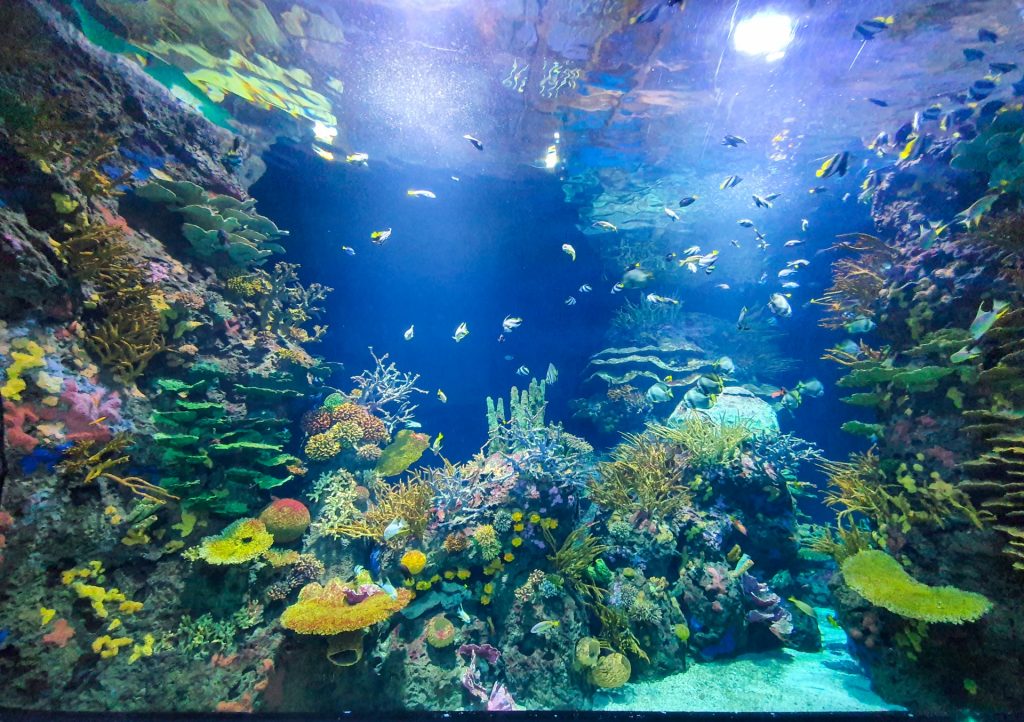
Biodiversity is the green word of the decade. It’s not something new, it’s just something that someone gave a catchy name to. Bio- for biological (fauna and flora) and “diversity” is the variety… of plant and animal life. Simple, but some people just like to make it fancier to make it sound more important. Which it is, of course, especially when you realize that coral reef ecosystems are biodiversity hotspots!
Biodiversity, as we all know, is rapidly declining, and we need to do something about it. Combined research efforts between public aquariums, scientists and commercial producers are furthering coral reef fish species rearing knowledge. This kind of research is almost impossible to do in the wild and so public aquariums have stepped in to lend a hand.
How do they do it?
Eggs spawned on hard surfaces, or directly into the water column, are collected from display aquariums at 11 public aquariums in the UK and transported to Bangkor University for rearing. The difficulties they need to overcome are:
- The larvae are extremely delicate and extremely small.
- There is limited understanding of appropriate larval rearing environments.
- Suitably sized and nutritious food items need to be sourced.
2022 will tell us more
We should know more by the end of this year when the project comes to an end, but they say that they have made considerable progress towards the rearing of wreckfish, dwarf angelfish and dartfish species and are planning work on other coral reef species too.
Partnerships of this kind make a big difference to research. This just shows how important public aquariums are for learning more about marine life and in conserving our oceans.










0 Comments
No replies yet
Loading new replies...
Administrator
Join the full discussion at the Saltwater Reef Aquarium Forum →